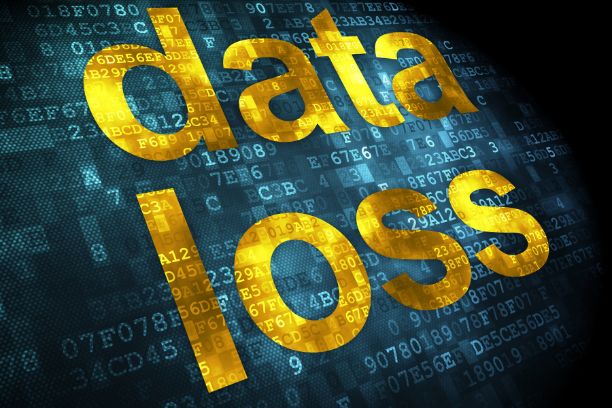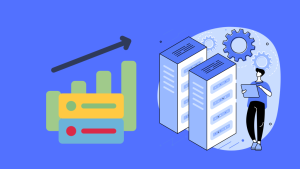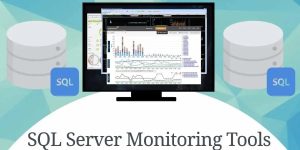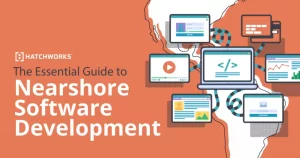What is Data Loss Prevention (DLP)? How does it work?

It is a type of data protection under the heading of network information security and security.
It is a product consisting of solutions designed to minimize the risk of information loss and to ensure the visibility of the data usage model and risky business processes. With DLP software, unwanted data output from systems can be prevented or usage status of defined information and documents can be monitored.
The DLP system is technically a system that keeps both the network and the clients under control.
Why is DLP Important?
With the development of technology, it has become easier to access data. This has increased the data security problem. Many studies are carried out to restrict unauthorized access to data, to store and classify data, to determine access authorizations and to protect data against unwanted situations.
With DLP software, companies’ critical data are safely stored. Thanks to the data loss prevention system, leakage of information and documents outside the institution is prevented. Operations on the data within the scope of the specified filters can be blocked if desired, and the process can be followed by simply viewing, if desired. In this process, data movements under control are recorded in the system memory. Reports are produced by the DLP software on issues such as incident response and forensic analysis. In this respect, DLP software is a must-have system to ensure information security.
What are the Purposes of the DLP System?
The purpose of the security strategy, which is created by combining DLP techniques, is to keep records of the transactions made in the corporate data by examining who sent the data to where and how, and aims to prevent the damages that may come from within the company. Knowing this, it encourages data users to be more careful. Thanks to DLP software, personal information security, copyright and industrial property rights and data visibility are secured.
DLP technology aims to protect data in its network, storage areas and end-user points. In this direction, data is handled in three different ways in DLP.
Data in Motion is a type of data that moves within the network, that is, that is constantly in motion over transmission channels such as email, instant messaging, the web, and P2P.
Data at Rest (Data at Rest) is a type of data that is sensitive in databases, file systems and other special storage units that is queried and used when necessary, and that is generally required to be protected in the first place.
Data in Use: It is an active data type that is connected to sensitive and confidential data, although it is the type that the end user constantly uses and processes.
What is DLP Working Logic?
DLP software is slightly different from Antivirus or Firewall software.
DLP is a living system and if the information defined in the system is updated, new information must be added and data classifications and filters must be updated in case of system changes. Unlike DLP, standard definitions are made in Antivirus or Firewall software, and the problem can be intervened immediately by making software checks with automatic updates.
Necessary actions can be taken by detecting situations that conflict with the rules defined in DLP and incidents such as unauthorized access attempts, providing regular reporting and intervening when necessary.
Before starting the DLP Project, the classification structure should be established by determining the importance of the data kept in the file system and databases. Each in-house department should determine the importance of the data it holds, and then this data should be introduced to the DLP system. All descriptions must be entered, as DLP does not know that these categories are critical or important.
The implementation of these systems; It requires studies such as planning controls such as reducing the risk, impact and degree of attack and ensuring the continuity of policies.
What are the Usage Areas of DLP Software?
With the sanctions of sectoral regulatory organizations, companies have been compelled to ensure data security. Regulatory sanctions such as BRSA and KVKK play an important role in taking serious steps regarding information security and therefore DLP.
Thanks to DLP, sensitive data is detected, classified and labeled. Data compatibility is also auditable with reporting support.
In line with the protection of the copyrights of the companies, the leakage of confidential information is prevented by making classifications thanks to DLP software.
With DLP software, all stored data of companies can be accessed by monitoring over endpoints, networks and the cloud. Thanks to DLP systems, how and how often users use data is monitored, and user behavior analysis is performed. Interactive data thus gains visibility.
Thanks to DLP software
Restricting the use of USB and CD-DVD Roms to prevent data leakage
Monitoring or blocking e-mails containing critical or important information
Restricting file access
Blocking copy/paste functions to prevent users from receiving data from within the application
FTP restriction to prevent file upload
Some such rules are defined and necessary controls are provided.




